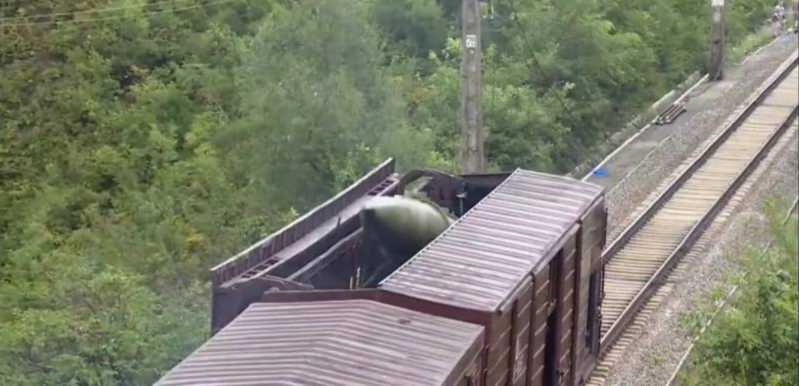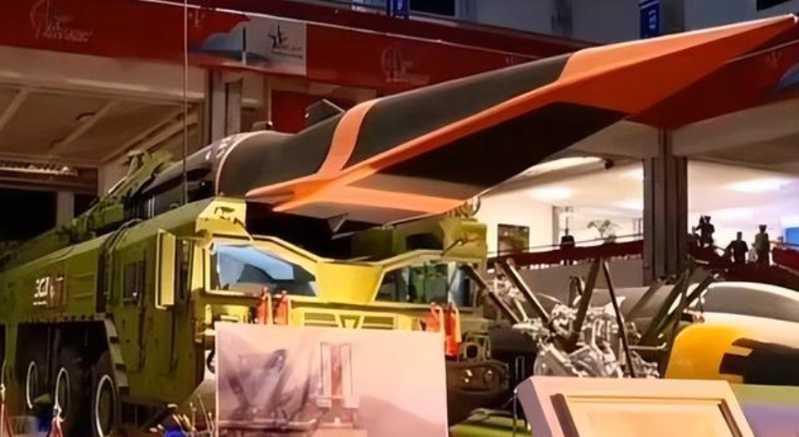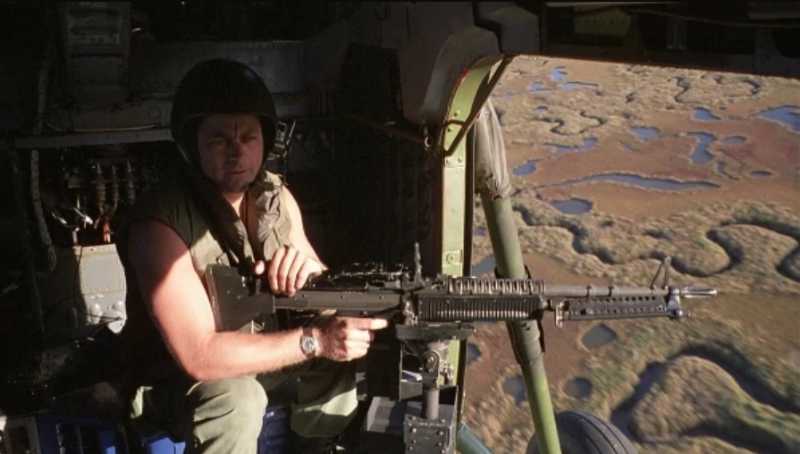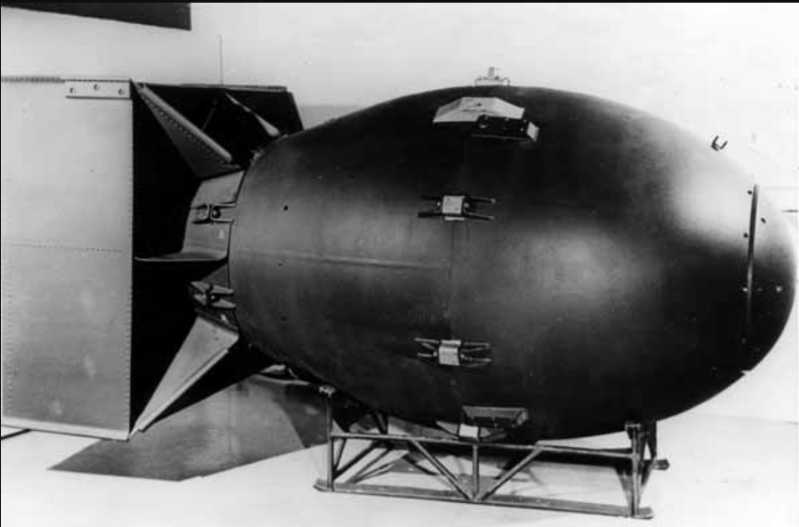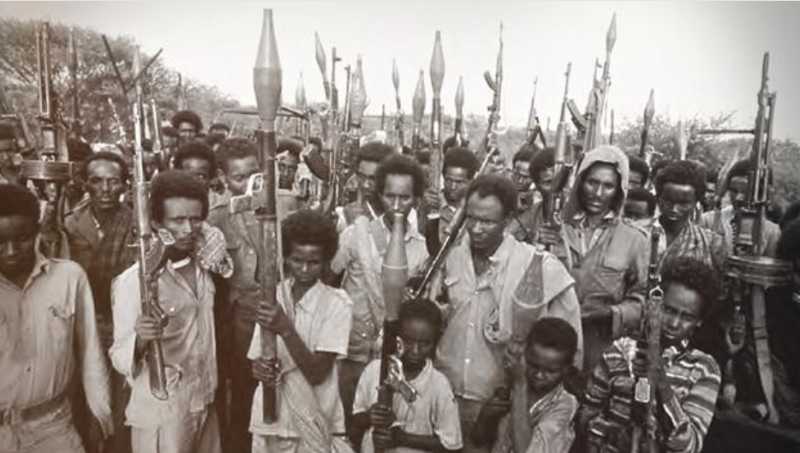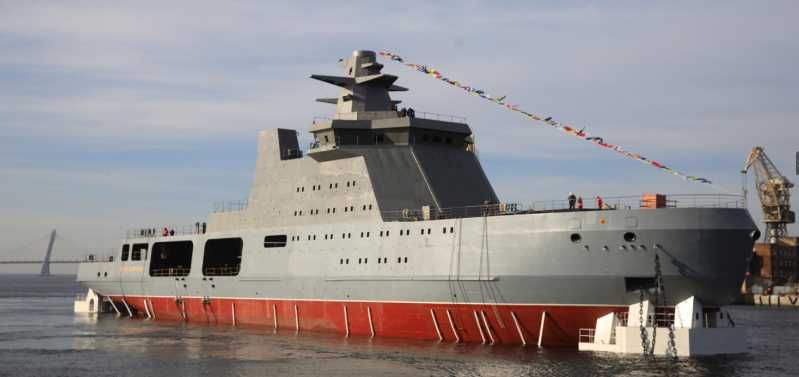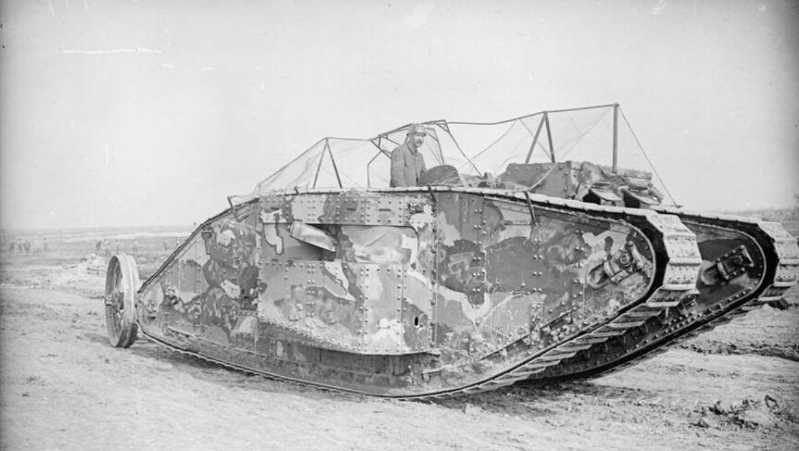There are many difficulties and a long way to go
In order to ensure the healthy progress of the reform of the United Aircraft Corporation, the Russian Ministry of Industry and Trade officially announced the revised "Development Strategy of the United Aircraft Corporation of Russia before 2035" (hereinafter referred to as the "Strategy") on August 12, 2021. "The strategy points out that the Russian aircraft manufacturing industry is a large and complete system. It is a high-value-added industry that can meet the needs of rapid economic growth. It accounts for 9% of the gross national product and occupies a pivotal position in the national economy. The Russian aircraft manufacturing industry is a high-tech job. For every 100 jobs, it can drive the creation of about 610 jobs in other industries. In other words, about 100 jobs in the Russian national economy. 4.5% of jobs will be directly or indirectly affected by the aircraft manufacturing industry. Based on the forecast of the global civil, military and military aircraft market, the United Aircraft Corporation has established four major development strategies for the future:
The first is the transformation of corporate structure. Optimize the management structure of the United Aircraft Corporation, establish a joint aircraft manufacturing center formed by the management of the United Aircraft Corporation and the management of its Sukhoi and MiG companies, and reduce overlapping functions. The United Aircraft Manufacturing Center will transform from a three-level management model to a two-level management model.
The second is the transformation of the industrial model. By implementing the development of specialized centers, improving cooperation between factories, outsourcing low-end production processes and improving the efficiency of airport infrastructure, we will improve aircraft manufacturing capabilities, improve working conditions, and increase the efficiency of each employee.
The third is the transformation of scientific research departments. Shorten the R&D cycle 30%, build an incentive system for design bureau personnel with the final result as the goal. By introducing demonstration aircraft, change the scientific research and experimental design procedures. After the demonstration aircraft manufacturing phase is completed, tactical and technical tasks should be formulated for it to test and solve key design solutions and eliminate key technical risks.
Fourth, digital transformation. Digital technology will be introduced in aircraft life cycle management, design, testing and certification, manufacturing, after-sales service, asset and personnel management.
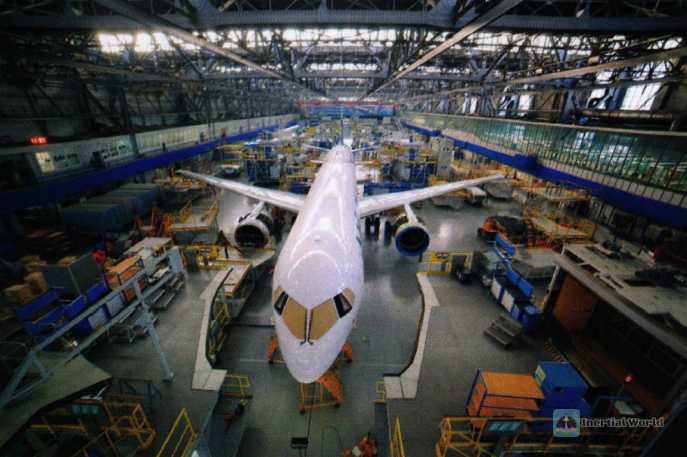
The United Aircraft Corporation will implement the transformation in three stages
The first stage, namely 2020~2025 is the "turning from loss to profit" stage. First, the structure of the United Aircraft Corporation will be significantly adjusted, and a joint aircraft manufacturing center and a joint engineering design center will be established to improve efficiency and achieve sustainable profitability.
Secondly, it is planned to launch and mass-produce MS-21, SSJ100, Il-114 passenger aircraft, Il-76MD-90A military transport aircraft, Il-112V light military transport aircraft, Su-57 fighter and Tu-160M2 strategic bomber.
Furthermore, in order to maintain the series and rhythm of military aircraft research and development, the United Aircraft Corporation has built a system for the Russian Ministry of Defense in advance. The mechanism for developing and equipping new fighters from 2021 to 2025. Finally, the Russian government will implement financial reorganization of the United Aircraft Corporation. The company will repay part of its overdue debts and restructure some of its unpaid debts in order to create conditions for the implementation of the above plan and tap the company’s development potential. This will ensure that the company can improve its financial performance by saving interest costs and raise additional sources of funds for future aircraft design plans. From 2025, the total profit paid by the United Aircraft Corporation to the Russian federal budget system from aircraft production and operation will exceed the total state expenditure, achieving the goal of turning losses into profits.
The second stage, that is, 2025-2030, is the "stable growth" stage. Based on the increase in the number of civil and military aircraft, the Joint Engineering Design Center will start scientific research on new aircraft. Military aircraft mainly include a new generation of fighters and a series of high-altitude long-endurance drones.
The third stage, 2030-2035, is the "global competitiveness stage.
In terms of military aircraft, with the mass production of light/medium fighters, the Su-57 and UAV development plans, and the implementation of the combat aircraft plans of the operational tactics, transport, strategy and special aviation departments, Russia’s position as a world leader in military aviation will be strengthened. In terms of civil aircraft, expand the MS-21 and SSJ100 passenger aircraft family series, solve the problem of saturation in the Russian domestic market, and fully enter the global civil aircraft market.
Everything is difficult at the beginning. Implementation 2020~2025 "Turning losses into profits" in 2018 is the foundation for the opening chapter of the "Third Five-Year Plan". The opening chapter of the "Third Five-Year Plan" will have a crucial impact on subsequent plans. However, the countless shadows facing Putin today have overshadowed the smooth opening of the "Third Five-Year Plan".
First of all, no countermeasures have been found to properly deal with the huge debt. Properly handling the huge debt of 350 billion rubles owed by the United Aircraft Corporation is not only a test of the capabilities of the Russian government and the State Technology Corporation, but also the key to helping the United Aircraft Corporation restore its ability to pay, return to the capital market, and ensure the stability of the financial system. At the same time, it will also provide financial support for the future aircraft design and production of the United Aircraft Corporation. Otherwise, the company’s strategic transformation will be out of the question. In this regard, the State Technology Corporation has specially formulated a future plan for the United Aircraft Corporation. Four debt restructuring plans to repay 350 billion rubles of debt in 15 years. The first is to clean up non-core assets in the balance sheet of the enterprise and optimize land and unused production facilities. In addition, it is planned to incorporate inventory reserves into production planning to improve the company’s financial situation. Based on low production efficiency and overstaffing, the plan will not fundamentally change the financial situation. The second is to cut assembly plants and parts plants, while cutting the number of employees, and plan to save 60% of expenses. Third, the Russian government will establish a Russian regional air transport company based on the Russian National Transport Leasing Company, which will be operated by SSJ100 and MS-21 passenger aircraft, and provide it with appropriate loans and leasing interest rate subsidies. Fourth, the old aircraft eliminated by the Russian Ministry of Defense will be technically improved, sold to the external market at a lower price, and the profits earned will be used to repay the overdue debts.
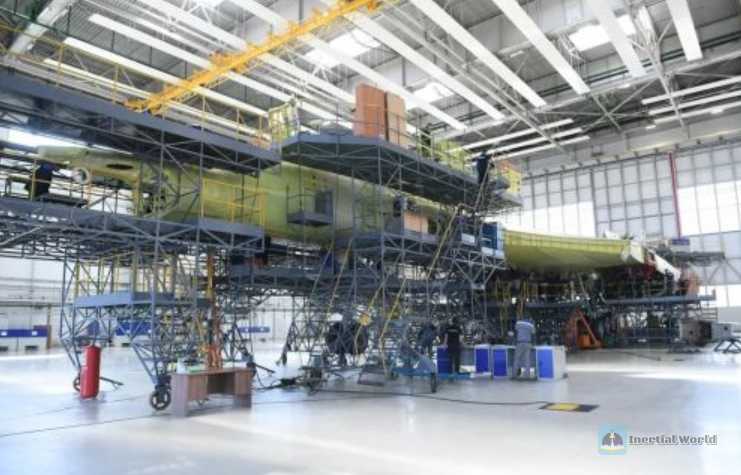
It should be noted that the above debt restructuring plan includes the Russian government’s 3500 The Russian government has not yet found a practical way to properly resolve the huge debt owed by the United Aircraft Corporation
. Secondly, technical bottlenecks are still the key to restricting the development of new military aircraft. As early as August 1, 2018, Russian aviation expert Andrei Boris wrote on the Russian military industry website that in the past 40 years, Russia has not produced a technologically innovative fighter, and still survives by following the outdated design and manufacturing process left over from the Soviet Su-27 and MiG-29 fighters. Therefore, the technological gap between Russia and the United States in the field of fighter manufacturing is getting bigger and bigger, especially in the field of engines.
In the first 10 years of the birth of the Su-57, the US F-22 had already solved the problem of supersonic cruise flight without afterburner. Today, when the scientific research, design and manufacturing elites are rapidly degenerating, Russia has spent a lot of time and money on the development of the Su-57, which is a bit of a waste of money. It has been 4 years since Boris expressed this view, but the current status of Russian fighter research and development remains the same.

From the end of July to the end of August 2021, during the "Aviation Accident Month", the Russian Aerospace Forces and Navy lost a total of 2 MiG-29s and 1 Su-35S fighters, 1 Su-24 front-line bomber, 1 Be-200 military amphibious aircraft, 1 Il-112V light transport aircraft prototype and 1 Mi-8 helicopter, creating the most aviation accidents in the Russian military. According to Russian aviation experts, the loss of 7 military aircraft exceeded the cost of fighting a local war. This makes people more worried about the current situation and prospects of the Russian aircraft manufacturing industry. The most worrying thing is the technical bottleneck of the new engine, which is restricting the deployment of Russian Aerospace Forces and Navy fighters and the improvement of combat capabilities.
First, the technical bottleneck of the second-phase engine of "Product 30" has delayed the mass production time of Su-57.
According to the agreement reached between the Sukhoi Design Bureau and the Russian Ministry of Defense, the T-50 fighter will first be equipped with the AL-41F1 ("Product 117") fourth-generation engine used by the Su-35S as a transitional engine for the Su-57. Subsequently, the "Product 30" second-phase fifth-generation engine will be developed for the T-50. It should be said that this has set a precedent in the history of Russian military aviation development. Usually, the engine should be the basis for the development of a new fighter, but for various reasons, the engine development of the T-50 lags behind the prototype.
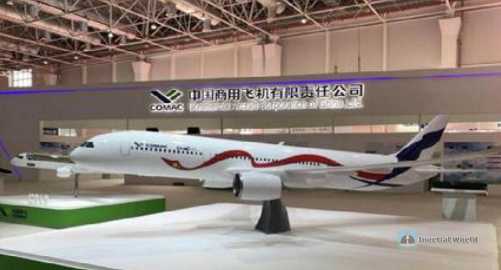
Compared with the AL-41F1 engine, the "Product 30" engine will adopt a new design structure, new high-temperature resistant materials and new production processes, and carry out in-depth technical transformation of the low-pressure compressor and high-pressure compressor, as well as the low-pressure turbine and high-pressure turbine. This type of engine has a greater thrust-to-weight ratio and can achieve supersonic cruise without afterburner. In addition, the flight maneuverability of the Su-57 after installing the "Product 30" engine will be greatly improved, the acceleration and climbing time will be shortened, and fuel consumption will be reduced. In addition to installing the "Product 30" engine, the Su-57 will also be equipped with new airborne electronic equipment and cockpits.
On December 7, 2020, Sergey Chemezov, general manager of the Russian State Technology Corporation, announced to the Russian media that the test work of the "Product 30" engine will be completed in 2022. Subsequently, the Su-57 equipped with this engine will be put into mass production. On August 11, 2021, TASS stated that the mass production of the Su-57 equipped with the "Product 30" engine will not be until at least 2025. Since 2011, there have been three major flight accidents during the Su-57 test flights, two of which were related to the engine. It can be seen that the technical bottleneck of the "Product 30" engine not only adds variables to the mass production of the Su-57 before 2024, but also sets obstacles to the Russian Aerospace Forces’ plan to complete the replacement of three fighter aviation regiments with the Su-57 before 2028. In addition, TASS revealed that while developing the Su-57, the Sukhoi Design Bureau will also develop the Su-57 two-seater. The second pilot of the two-seater will cooperate with the S-70 "Hunter" reconnaissance and attack drone to carry out air combat missions. There is no exact time when the Su-57 two-seater fighter will be equipped.

On February 2, 2020, due to the lack of breakthrough in technical bottlenecks, the "Peter Deinekin" Tu-160M, which was originally intended to be equipped with the NK-32-02 engine, still used the NK-32 engine to complete its first flight
Second, the technical bottleneck of the NK-32-02 engine made it difficult for the Tu-160M2 strategic bomber mass production plan to be fulfilled as scheduled.
In April 2015, Putin made the decision to improve the technology of 15 Tu-160s in service and to produce 50 new Tu-160s. According to the plan formulated by the Russian Ministry of Defense, the 15 Tu-160s in service that have undergone technical improvements will be named Tu-160M, and the 50 Tu-160s that have been redeveloped from scratch according to the fully digital design drawings will be named Tu-160M2. Tu-160M2 will not only be equipped with the new NK-32-02 engine, but also equipped with new hypersonic weapons, and its combat capability will be increased by 60%. As early as August 2014, Samara Kuznetsov Open Joint Stock Company signed an agreement with the Russian Ministry of Defense to improve the NK-32-02 engine. This is the first time in 25 years that Kuznetsov Company has resumed improving the NK-32-02 engine. According to the improvement plan, the NK-32-02 will be equipped with a new combustion chamber and afterburner, as well as new turbine blades and a new cooling system. In addition, the engine will also be equipped with a new gas generator and a full authority digital electronic control system (FADEC). The improved engine will save 10% to 20% of fuel while maintaining its thrust at 25 tons and increasing the aircraft’s range by 1,000 kilometers.
On June 8, 2017, Russian Deputy Defense Minister Yuri Borisov told the media that the Kazan Gorbunov Aircraft Manufacturing Plant plans to start mass production of the Tu-160M2 in 2021, and then the Russian Aerospace Forces will begin to equip the aircraft. However, Vladimir Leonov, a military commentator for the magazine "Weekly Argument", believes that Borisov is too optimistic about the mass production time of the Tu-160M2. In fact, Kuznetsov has not produced NK-32 engines for more than 20 years. At present, the company’s technical strength in developing engines is backward, and it only has the ability to repair NK-32 engines.
Regarding the development of the NK-32-02 engine, the company has several versions. In 2018, Kuznetsov developed and tested one of the versions. On February 2, 2020, the "Peter Deinekin" Tu-160M strategic bomber, which was originally intended to be equipped with the NK-32-02 engine, completed its first lift-off flight due to the lack of breakthrough in technical bottlenecks. It still used the NK-32 engine and carried several new airborne electronic equipment. Based on the technical bottleneck encountered by the NK-32-02 engine during the test, in June 2020, Russian Deputy Defense Minister Krivoruchko pointed out in an exclusive interview with a reporter from the Russian News Agency that the first test flight of the first Tu-160M2 will be postponed to December 2021. The mass production of the Tu-160M2 will begin in 2023, and the Russian Aerospace Forces will be equipped with 10 of this type of aircraft by 2027. It is reported that the contract funds for these 10 Tu-160M2s have not yet been allocated to the Kazan Gorbunov Aircraft Manufacturing Plant. It can be seen that the Russian Ministry of Defense’s plan to equip 50 Tu-160M2s by 2030 has become very slim. Due to the fact that the Tu-160M2 could not be put into service as scheduled, the Tupolev Design Bureau’s plan to develop the PAKDA (Advanced Aviation System of Long-range Aviation) fifth-generation strategic bomber was also forced to be postponed.
Third, the technical bottleneck of the TV7-117ST engine has made the time for the Il-112V and Il-114 military transport aircraft to be put into service indefinitely.
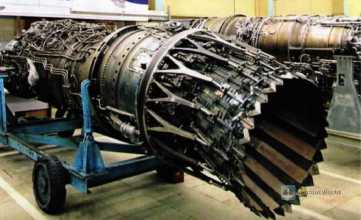
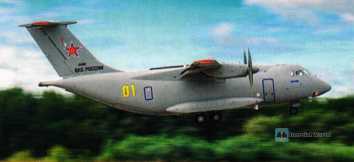
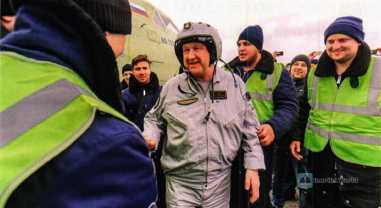
On August 17, 2021, due to technical defects in the TV7-117ST engine, a fire was caused. A test flight crew consisting of three people, including Nikolay Kuimov, a Russian meritorious test pilot and the chief test pilot of the Ilyushin Design Bureau, who was awarded the title of hero, and 64-year-old Nikolay Kuimov, drove the first Il-112V light military transport aircraft prototype delivered to the Russian Aerospace Forces. During the test flight over Kubinka, a serious air crash occurred, causing the aircraft to be destroyed and people to die, which made the Russians regret. On September 17 of the same year, Russian Deputy Prime Minister Yuri Borisov revealed to the media that despite the technical problems of the TV7-117ST engine, Russia does not intend to import the Pratt & Whitney Canada PW127G engine used by the Spanish C-295 aircraft. At the same time, Russia will continue to improve the domestic TV7-117ST engines installed on the Il-112V and Il-114 transport aircraft. Therefore, it is unknown when these two models will be equipped with the Russian Aerospace Forces and the Russian Navy.
Third, the development prospects of the new Su-75 "General" light fighter are not optimistic.
In July and November 2021, the Sukhoi Design Bureau exhibited the physical model of the new Su-75 light fighter at the 15th Moscow International Aviation and Space Exhibition and the "Dubai Air Show-2021". The Su-75 is called a compressed version of the Su-57. The fighter is planned to be equipped with a "Product 30" engine used by the Su-57, with a flight speed of 1,900 kilometers per hour and a combat radius of 1,500 kilometers.
The Su-75 follows the design structure of the glass cockpit, weapon control system, fuselage and wings similar to the Su-57. In addition, the aircraft is also equipped with a built-in weapon bay and a front-mounted phased array radar, as well as a variety of weapons including Kh-31PD and Kh-35UE air-to-ship missiles. The Sukhoi Design Bureau said that a squadron of Su-75s can effectively strike enemy aircraft carrier battle groups. The Su-75 can also play the role of a "flight command center" to control 10 drones. According to customer needs, the Sukhoi Design Bureau can also convert the Su-75 into reconnaissance and strike drones and carrier-based aircraft. The fighter is scheduled to make its first flight in 2023 and go into mass production in 2026 or 2027.
Russian Deputy Prime Minister Borisov said that the biggest advantage of the Su-75 is its low price, with a unit price of 25 million to 30 million US dollars, and at least 300 aircraft will be needed in the foreign market in the future. At the same time, the "2024-2033 Russian National Weapons and Equipment Development Plan" may consider purchasing the Su-75. However, according to Dmitry Shugayev, director of the Russian Military Technical Cooperation Agency, Russia has not yet received orders from foreign customers to purchase the Su-57. In this regard, many Russian military experts have expressed doubts and concerns about the prospects of the Su-75.
Russian military expert Ilya Legat pointed out that the Su-75 was designed specifically for foreign customers and is a light fighter targeting the international market. It is puzzling how the price of 25 million to 30 million US dollars was calculated. In today’s international market, there are no such cheap new fighters. In October 2015, Russia exported 24 Su-35s at a price of 104 million US dollars each. In May 2016, India also purchased 36 French Rafales at a price of 200 million US dollars each. This may be the internal price sold by Sukhoi to the Russian Aerospace Forces. Theoretically, the Su-75 may find a foothold in the Russian military, but Borisov’s claim to export 300 aircraft is indeed a bit exaggerated. In addition, based on the fact that it is still in the early demonstration and research and development stage, it is too early to talk about whether the cost performance of the Su-75 can exceed that of the Su-57. Moreover, so far, no country in the world intends to purchase the Su-57.
Alexander Khramhin, director of the analysis department of the Russian Institute for Political and Military Analysis, pointed out that at present, there is very little news about the Su-75. But it can be confirmed that it is a typical export fighter. Some foreign customers are accustomed to paying attention to the quotes of Russian combat aircraft. Russia needs to publish a complete quotation list in the global market, including light fighters. Now, it is impossible to determine whether the Su-75 can be developed within the specified period announced by the Russian authorities. The unworthy Su-57 is already a precedent. For more than 10 years, the Sukhoi Design Bureau has been working non-stop to improve the Su-57, but in the end it was exchanged for a pitiful order of 76 aircraft from the Russian Aerospace Forces, and it has not been mass-produced so far. In short, the reputation of the Su-57 in the international market will directly affect the future development prospects of the Su-75.
In addition, at the Moscow Air Show in July 2021, the MiG-49 new carrier-based vertical short take-off and landing fighter model launched by the MiG Design Bureau could not be put into prototype production due to lack of funds.
Besides, it is extremely difficult to achieve the goal of "killing two birds with one stone".
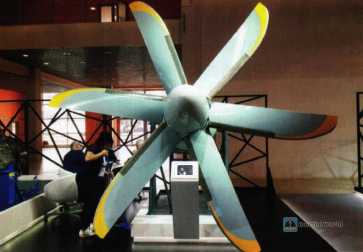

The ultimate goal of the "strategy" is to ensure that the total profit of civil and military-civilian aircraft reaches 50% by 2035, which is equal to the profit of military aircraft, fundamentally reversing the imbalanced pattern of Russian civil and military-civilian aircraft relying on military aircraft for survival since the disintegration of the Soviet Union, so as to ensure Putin’s "killing two birds with one stone" goal of the military-to-civilian strategy of the Russian aircraft manufacturing industry and the creation of an aircraft manufacturing power.
Due to Western sanctions led by the United States, the mass production of the MS-21 passenger aircraft, which Putin loves so much, has been forced to be postponed. On November 11, 2021, the first aircraft equipped with the domestic PD-14 turbofan engine, which is undergoing a test flight certificate, was launched. The MS-21-310 passenger plane took 5 hours and flew 3,700 kilometers before landing safely in Dubai, UAE, to participate in the international air show held here from the 14th to the 18th. This move shows that Russia has gotten rid of its dependence on the PW1400G series engines of the American Pratt & Whitney Company. Although it will take some time to obtain the engine test flight certificate and the aircraft airworthiness certificate, after all, the engine import substitution problem raised by Putin has been completed. It should be said that the Russian civil aircraft manufacturing industry, which has fallen into a trough, has seen light. But the reality is not so.
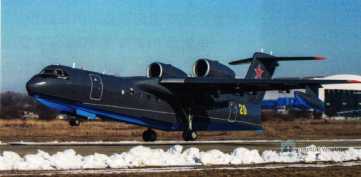
MS-21 is a medium-sized trunk airliner. At present, this market has long been occupied by Boeing 737 and Airbus A320 series airliners, both internationally and domestically. In addition, COMAC C919 Regional jets are also targeting this market. In terms of engine power and economy, the MS-21 is comparable to the Boeing 737 and Airbus The A320 is on par with the A320. But in terms of aerodynamics and structural features, the MS-21 is superior to the Boeing 737 and Airbus A320. The biggest advantage of the MS-21 is that it is cheaper than the Boeing 737 and Airbus A320. But price is not the key factor in purchasing an aircraft. When signing a contract, the package of strict financial options (purchase or lease, loan interest rate options, etc.) provided by the aircraft manufacturer is the key.
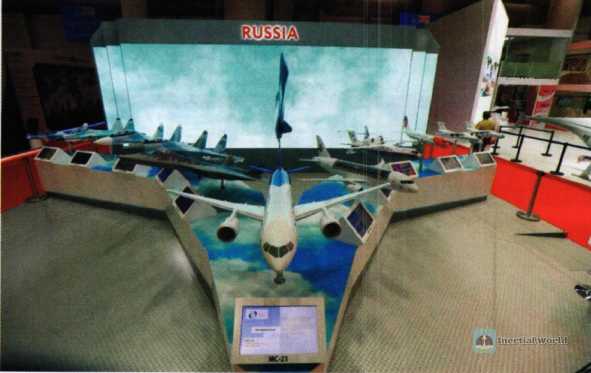
In the past decade, the complex sales system carefully constructed by Boeing and Airbus has been significantly better than that of Russia. In addition, the supply of commercial aircraft requires the establishment of a large, extensive and effective after-sales service network around the world. Usually, it is more difficult to establish such a network than to manufacture the aircraft itself. At present, most airlines in various countries in the world have chosen their own relatively fixed suppliers. Before 2025, the international medium-sized passenger aircraft market will be about 75% of the market share has been divided up by Boeing 737 and Airbus A320. Therefore, it is extremely difficult for MS-21 to achieve the opening chapter of the "Third Five-Year Plan", that is, to win a certain share in the global market before 2025.
In addition to MS-21, the SSJ100 aircraft, which is resuming mass production, also faces the same severe test. In addition, it is worth pointing out that based on the development of high-power heavy-duty gas turbines, Russia plans to massively cut funding for the development of the aircraft manufacturing industry from 2022 to 2024, which will have a negative impact on the mass production of MS-21 and SSJ100 aircraft.
Finally, the serious shortage of talents may cause the "strategy" to become a dead letter.
Although the "strategy" does not mention the issue of talent training, the serious shortage of talents in the United Aircraft Manufacturing Group has become an indisputable fact, which will have a negative impact on the implementation of the "strategy".
Andrei Petroushin, deputy general manager of the Russian Aircraft Manufacturers Association, seriously pointed out that the development strategy of Russian aircraft manufacturing enterprises will bring huge impetus to Russian industrial manufacturing and will become one of the important sources of Russian economic growth in the next few decades. Increasing aircraft production will drive a number of new enterprises engaged in the research and development and manufacturing of aluminum alloys, titanium alloys, composite materials, and even engines and avionics products, increase the workload of hundreds of Russian enterprises, and create more than 100,000 jobs. However, the serious shortage of talent faced by the Russian aircraft manufacturing industry has caused Russians to question the feasibility of the implementation of the "strategy".
Currently, due to low wages (monthly wages of 25,000 to 30,000 rubles are equivalent to about 2,400 to 2,900 yuan) and the lack of a promotion mechanism, the United Aircraft Corporation lacks 40% of technical personnel in key positions. Every year, of the approximately 3,000 graduates trained in Russian aviation schools, only half of them stay in the Russian aircraft manufacturing industry. Those talented and promising students have already been booked by global large aircraft companies such as Boeing and Airbus while studying at school. Not long ago, Russian Prime Minister Mikhail Mishustin discovered that the Ulyanovsk Aviation Star Aircraft Manufacturing Plant, a subsidiary of Ilyushin Corporation, one of Russia’s largest aircraft manufacturers, was seriously short of engineering manufacturing experts when he inspected it. In response, Mishustin asked the Russian Ministry of Education to formulate a plan for training aviation experts to solve the serious shortage of talents.
In May 2021, the Russian State Technology Corporation also discovered this problem when it implemented reforms on the United Aircraft Corporation, and announced the launch of the "Wings of the Russian State Technology Corporation" program in nine aircraft manufacturing universities in Moscow, Kazan, Irkutsk, etc. College students who voluntarily stay in the United Aircraft Corporation for at least three years after graduation can enjoy a scholarship of 50,000 rubles per month and can also participate in the design activities of large aircraft programs organized by Russian aircraft manufacturing enterprises. The program also includes advanced English training, further study of IT planning and design technology, and the opportunity to intern at key universities in the world.
Despite this, the most critical issue at present is to solve the low salary problem of technicians in the Russian aircraft manufacturing industry. Therefore, Russian aviation experts have suggested that the government keep the minimum monthly salary of aviation design and engineering personnel at 70,000 rubles. However, this is not easy today when the Russian economy is depressed and the average monthly salary in various industries is only 30,000 to 35,000 rubles. Denis Pisarev, a senior journalist of the Russian newspaper Independent, believes that the severe shortage of talent may shatter Putin’s dream of building an aircraft manufacturing power.
From the above analysis, it is not difficult to see that Putin will face unprecedented difficulties and challenges in fulfilling his dream of building an aircraft manufacturing power by 2035, as he is suffering from severe economic sanctions from the West led by the United States, the ravages of the COVID-19 pandemic, and a severe economic downturn. On the journey to regain the status of a global aircraft manufacturing giant, an ambitious strategy alone is far from enough. The key is to have strong economic strength, innovative design elites, ingenious craftsmen, and once-in-a-lifetime opportunities.




